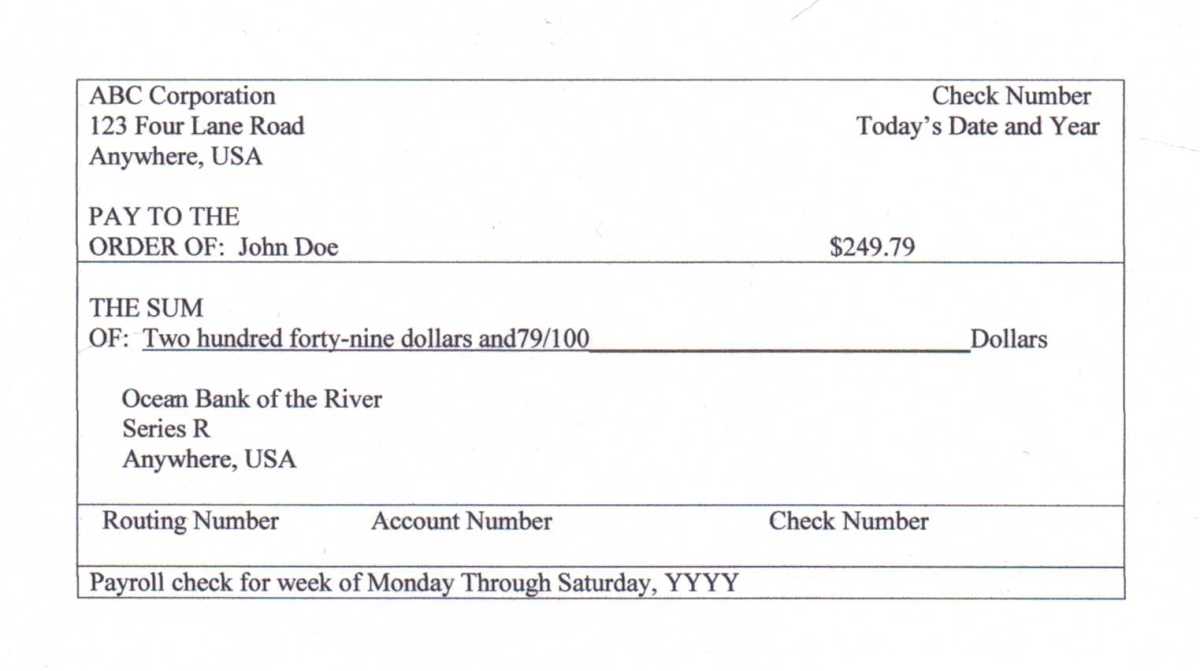Tax-Free Ways to Pay for Medical and Child Care Expenses
How Do I Use A Tax-Free Flex Account?
If your job offers a "Flex Account" option, you can save hundreds of tax dollars a year. These plans have several names - Health Savings Account, Flexible Spending Account, Flex Account and Cafeteria Plan are just a few terms that have been used since these plans were developed.
No matter what it is called, if your firm has a plan that allows you to set aside money before taxes for your healthcare expenses, you should look into it.
At first, it might sound scary to deduct yet more money from your paycheck. But with a little planning, you can use this benefit wisely and streamline your out-of-pockett expenses for medical services and prescriptions.
However, the appealing part of these plans is that they save considerable money on your taxes. When you pay for a doctors' visits, child care or other regular, covered expense, you either swipe a debit card or submit receipts and get reimbursed.
Not only that, you can spread out your annual medical costs over a 12-month period, which helps cushion you from the stress of paying a large bill at once if you have surgery or a high deductible.
Video on Saving Money with Flex Accounts
Flex Accounts Lower Your Tax Bill

How Flex Accounts Work
When these plans first became popular, employees usually had to pay the expenses upfront and submit receipts before getting reimbursed. Even so, they greatly helped to mitigate the financial stress of paying for healthcare, especially if large bills hit during a year.
Now, most plans provide a payment card that you submit just as you would a debit or credit card when you go to the doctor or the pharmacy, which greatly streamlines the process and means you don't have to front the money for each bill.
Originally, most plans were 'use it or lose it.' Plans now, however, can be designed to roll any unused dollars over to the next year. Check your plan to see how it works before assuming anything.
Early plans required employees to have the money already set aside before they could be reimbursed for an expense. If you had a $400 bill for your share of surgery, you had to wait for your account to reach $400 before you could turn in the bill. Now, accounts can be set up to give you the money as the expense occurs, because you've already authorized deductions from your paycheck to cover that amount. Again, check your firms plan for details.
Aside from that, Flex Accounts or HSAs simply allow you to set aside money before taxes (a small amount each month) and pay for your out-of-pocket health expenses through that account.
This ultimately saves tax dollars for most people, because you do not pay taxes on the amount you set aside. Would you like an additional $600 in deductions each year? If you set aside $50 per month for medical expenses you anticipate having, you've just accomplished the equivalent of creating a deduction of that amount.
However, the amount your paycheck goes down each month will not be the full $50, because it is offset by the taxes you don't have to pay on that amount. If you set aside $50 after taxes, you pay the tax on the full amount before you have $50 left for the savings account.
Flexible accounts are also available for childcare expenses, so it's well worth examining how your employer's plan works. You can save hundreds of dollars a year by taking advantage of these benefits.
How Tax-Free Flex Accounts Save Taxes
How to Start Up a Flex Savings Account
The biggest hurdle in using a Flex Account or HSA is the first month you implement it. Don't be afraid of this stage - with a little planning, you can get through the first month or so and you'll soon see you have more money each month.
Use these easy steps to take you through the process:
- Calculate your childcare expenses every month. Is one child about to age out of child care? Are you expecting a baby or will you put a child into daycare for the first time this coming year? Factor that in when you add up the annual dollars. If you don't have any child care costs, skip to the next step.
- Add up how much you spend on regular prescriptions every year. This is a stable amount, usually, and a safe amount to set aside.
- How often do you or your children go to the doctor? Add up the annual average amount and divide it by 12.
- Add up the annual average of the above figures. Divide it by 12, and aim to set aside this amount each month when your annual enrollment comes around.
- If this figure seems like too much to set aside at once (often, people are afraid their paycheck will go down), consider starting a few months ahead of time and setting aside a smaller portion to get you through the first month. After the first month, you'll realize your monthly budget has improved!
Upcoming Surgery or Other Large Medical Expenses?
This is the time to set aside dollars for that expense. You can pay the bill immediately with these accounts, and save interest fees (if you'd previously planned to charge it) and protect your credit rating in the event you might have had delayed payments.
HSA | Flex Accounts Lower Your Income Tax

How Much Money Should You Set Aside for Medical Expenses or Child Care?
It's not complicated to set up your flexible account or HSA. If you save receipts, you're ahead of the game, but even without receipts, you can estimate many of your expenses.
Before you get started, read the guidelines of your plan to see what is covered and what isn't. The items that are covered (typically, you can set aside money for doctor's office copays, annual deductibles, prescription co-pays and other standard medical expenses). Expenses that will not be covered include cosmetic procedures, so don't plan on paying for that facelift through the account.
To calculate the approximate amount to set aside, examine any records from the past year or two. Don't go much further back than that, because some expenses might be unique to one year and not repeated from year to year.
Check your insurance plan to see if there are changes in copays for office visits or prescriptions. If you typically buy three prescriptions a month, for example, and your copay will increase by five dollars, that means you'll need $15 extra dollars a month to fill the prescriptions, which is $180 a year in addition to the amount you paid prior to the increase.
How often do you go to the doctor? Set aside money to cover the average number of visits you and those covered by your plan make each year.
What About You?
Have you used an HSA for your medical expenses?
How to Calculate Future Flex | HSA Expenses Each Year
After you calculate your average recent history for medical expenses, take a look at what might change next year.
Are you planning to have a baby or adopt in the coming year? There will be added doctor visits for maternity care as well as well-baby exams when the new one arrives.
Will you have a planned operation in the coming year? Check what your out-of-pocket expenses will be for the surgery and set aside an appropriate amount for copays, deductibles, and any prescriptions you might use during that time.
Are any major physical exams due in the coming year? There can be hefty copays for colonoscopies or other exams you don't get every year.








